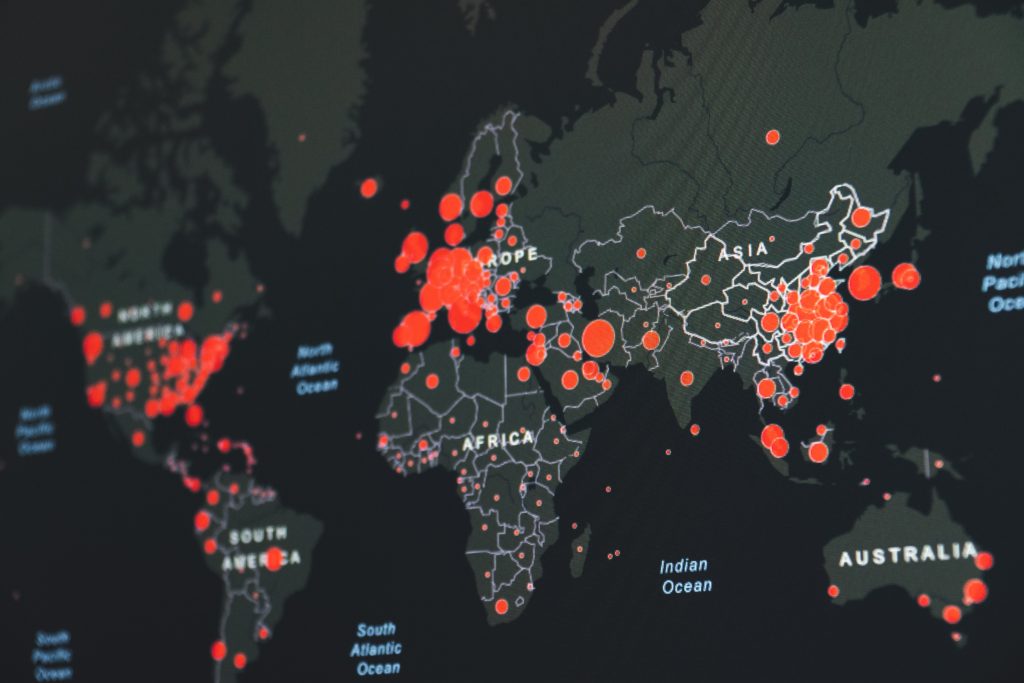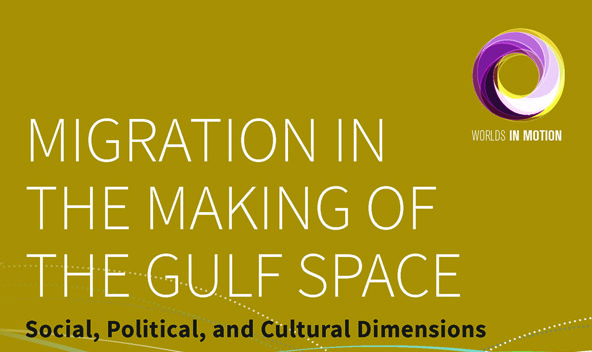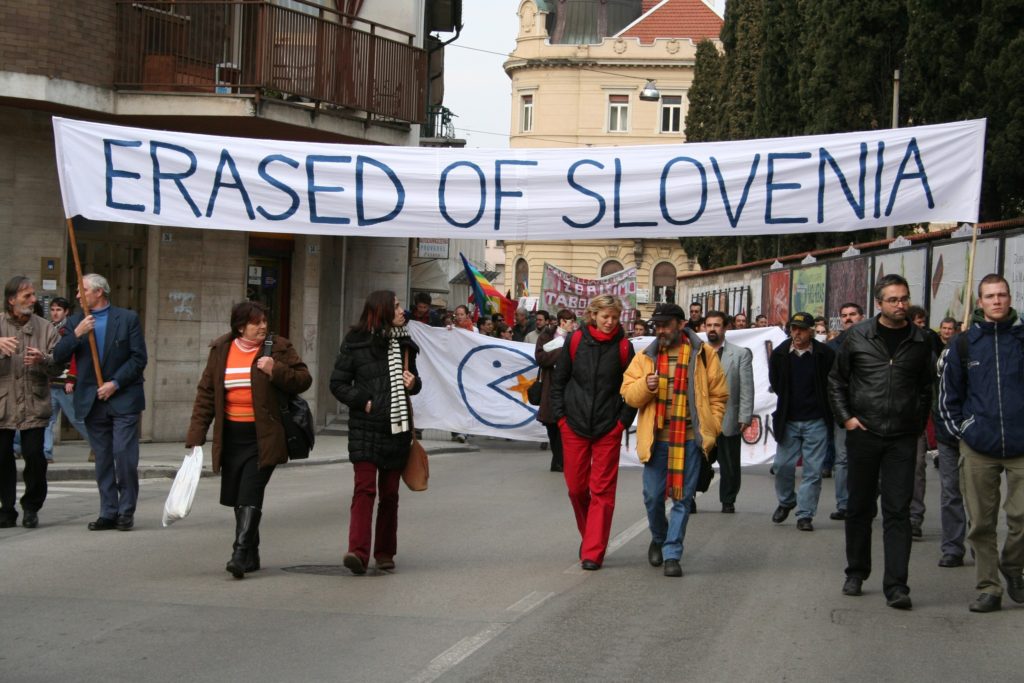
Guest Contributors
Daphne Halikiopoulou – University Of Reading, Michael Jennewein – Friedrich-ebert-stiftung, Tim Vlandas – University Of Oxford
In almost all European countries, right-wing populist parties (RWPPs) have increased their electoral success at the expense of the mainstream right and left, in both national and European Parliament elections. The rise of Marine Le Pen’s Rassemblement National is a prominent example. Elsewhere in Europe, for example, Hungary and Poland, right-wing populists are even more entrenched, leading governments and exercising a firm grasp over their countries beyond the immediate political arena. In countries such as Austria, Slovenia and Italy, RWPPs governed until recently.
In almost every country, these parties have managed to influence the policy agendas permeating mainstream ground moving conservatives and progressives alike to the right on salient issues – especially regarding immigration. Even Putin’s war against Ukraine, which some thought would damage European right-wing populists who have cozied up to Russia’s leader in the past, has not significantly altered this trajectory.
Continue reading



